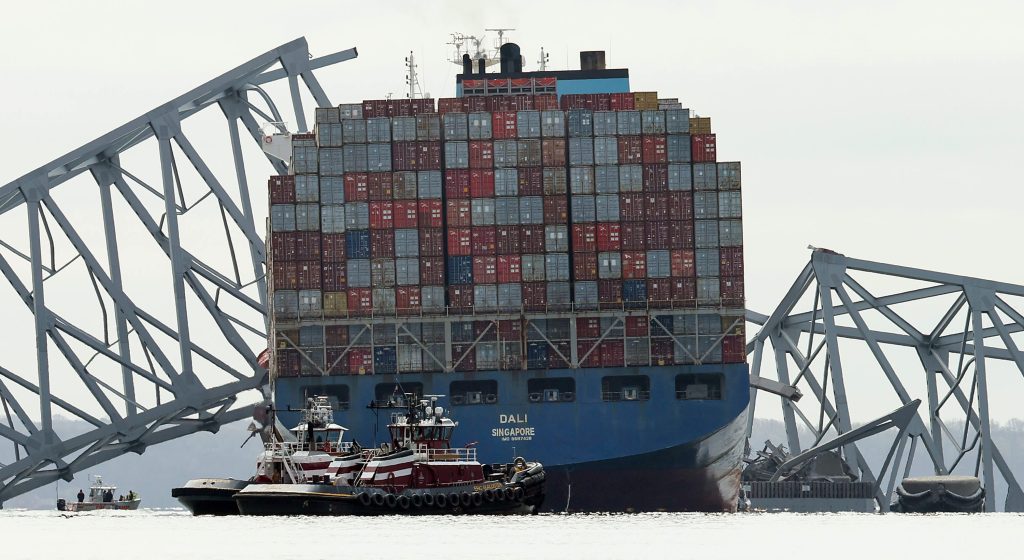Wood pulp shipping forms a critical link in the global supply chain that sustains the paper and packaging industries. As the primary raw material for paper, packaging, and other cellulose-based products, wood pulp is shipped in vast quantities across continents, underpinning industries ranging from publishing and packaging to hygiene products. Its transportation is a large-scale, intricate operation that ensures the uninterrupted production of everyday items like books, cardboard boxes, tissues, and paper towels.
Key Component of the Paper Industry
The journey of wood pulp begins in forests, where trees like pine, spruce, birch, and eucalyptus are harvested for their fibers. These trees are processed into pulp through mechanical or chemical methods to separate the cellulose fibers from lignin. Once processed, the pulp is often stored in large bales or slurry form for transport. The bulk of this wood pulp is shipped internationally from regions with vast forests, such as North America, Northern Europe, and Brazil, to areas where demand is high, such as China, Europe, and the United States. The reliance on wood pulp as the foundation of the paper and packaging industry means that demand for pulp remains high and growing, driven by consumer needs for paper-based products and the shift towards sustainable, recyclable materials. Packaging, particularly, has seen a surge in demand due to the e-commerce boom, as businesses and consumers increasingly seek sustainable alternatives to plastic.

The Shipping Process
Transporting wood pulp presents unique challenges due to its bulk and the need for careful handling to avoid moisture damage. Pulp is commonly shipped in two forms: dry pulp bales, which are compact and relatively easy to handle, or wet pulp also called slurry, which requires sealed containers to prevent water evaporation and spoilage. The logistics of moving these materials efficiently requires specialized shipping vessels, typically in large cargo containers or bulk carriers, to ensure smooth delivery to processing plants and manufacturers worldwide. Ports that handle wood pulp shipments must be equipped with cranes and other facilities to manage the offloading of large containers. Efficiency at these ports is vital to minimizing costs and reducing lead times, as any delay in the supply chain can disrupt production for paper manufacturers.
Sustainability and Future Trends
As sustainability becomes a more pressing global concern, wood pulp shipping plays a key role in the broader conversation about responsible forestry, transportation, and production. Certifications like FSC Forest Stewardship Council ensure that pulp originates from responsibly managed forests. Additionally, technological advancements are making the shipping Container shipping for forest products process more energy-efficient, further lowering the carbon footprint of this global industry. Wood pulp shipping is a pivotal component of the paper and packaging industries, ensuring the flow of raw materials across the globe and supporting the production of essential goods in a more sustainable world.
